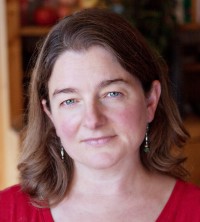How should the State Department engage religion?
This week, the State Department announced that Christian ethicist Shaun Casey will lead its new office for “religious engagement.” Within the network of the State Department’s various offices, this one stands out as potentially divisive and potentially useful. Under Hillary Clinton, the State Department turned its attention to nontraditional diplomatic partners—and she intentionally engaged, among others, religious partners. That focus has continued under John Kerry, resulting in the official announcement of this office.
But the U.S. government continues to face the issue of how exactly to engage religion. During the Cold War, the existence of religious people was not anywhere near as interesting to the State Department as the existence of potential atheistic communists. With the turn to focus on terrorism, religious people were taken seriously—but only as deadly threats.
In a recent interview in the Century, Maryann Cusimano Love—a member of the working group on religion and foreign policy—made the case for more and more positive religious engagement:
We want to ask: How are religious actors and other civil society actors involved? How does engagement with religious actors help prevent conflict, promote human rights and spread peace and prosperity?
But others continue to worry about how the U.S. will remain strong on religious freedom, even while practicing religious engagement. Some wonder who, exactly, our dialogue partners will become. Not a few people think the State Department would be better off never uttering the word “religion.” And some see the enormous potential for engaging people outside traditional power structures on the very issues that matter to them most.
The Immanent Frame recently hosted a substantial discussion of these issues. It includes a fascinating variety of voices, domestic and international.






